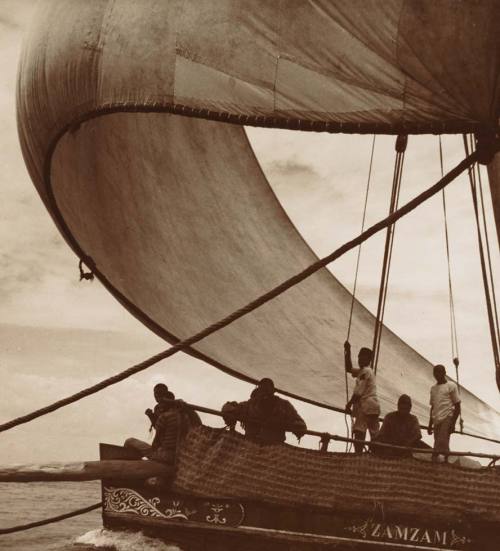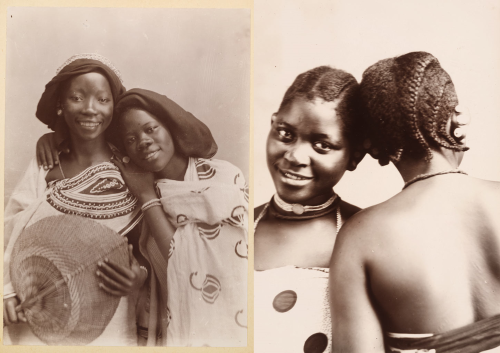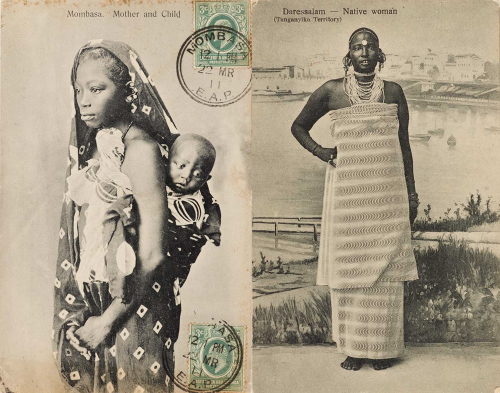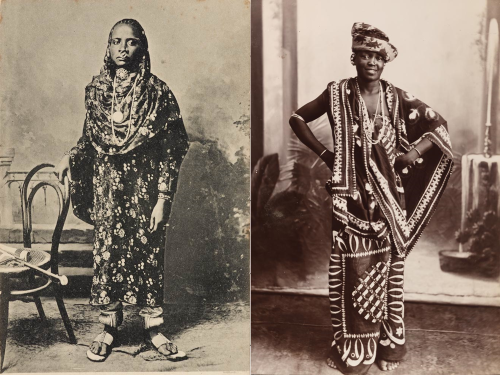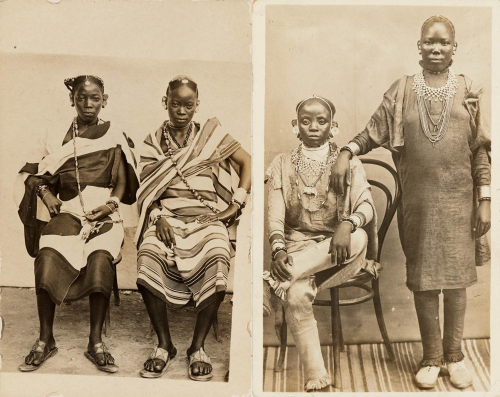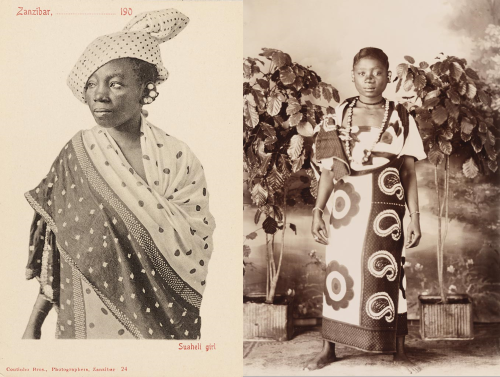swahiliculture:Sailors and Daughters. Early Photography and the Indian Ocean (the Swahili Coast)&nbs
swahiliculture:Sailors and Daughters. Early Photography and the Indian Ocean (the Swahili Coast) Sailors and Daughters reveals the expansive maritime societies of Zanzibar, the east African coast, and beyond. From the 1840s, cameras traced the international migrations of traders, sailors, sons, and daughters through Indian Ocean ports, continuing trade that dates back over five millennia. East African cities flourished as hubs of both land and sea trade routes, which extended to the central African interior, Horn of Africa, Persian Gulf, Indian Ocean islands, western India and the Far East.The region’s intercultural ethos generated a multitude of encounters between subjects, photographers, and the global audiences who viewed the resulting images. By gathering images from scarce and little-known collections of early photographs, lithographs, postcards, and private albums, this exhibition focuses attention on a diverse cross-section of the region’s people and their cosmopolitan cities by the sea. It serves as a starting point for a larger photographic and creative visual history of the prosperous and diverse communities of the Indian Ocean world. From the 1850s, photographs captivated people across the globe, and Zanzibar was no exception. By 1883, Sultan Barghash bin Said created a camera obscura room in a high tower of his new palace, called the House of Wonders. Life-sized portraits in oil, stereopticon viewers, and photo albums replete with cartes-de-visite of local and European sovereigns graced the Sultan’s many residences. Turn-of-the-century Zanzibar studios thrived on elite patronage, while also marketing urban views and portraits to growing numbers of temporary residents and visitors. The abolition of slavery in 1897 marked a turning point in the history of photography as well. Demand for touristic images of Zanzibar’s legendary beauties, posed and smiling, coincided with the moment when newly freed women began to dress and adorn themselves in ways previously forbidden. Though such photographs were mass-marketed as postcards and souvenirs, these images nevertheless suggest a complex interaction. Wearing expensive clothes, many of the women’s poses and demeanors suggest a strikingly modern and assured connection with the camera. Taken within the context of photography’s sudden expansion to include wealthy and poor, aristocratic and newly freed, these portraits remain an extraordinarily valuable trace of the island’s untold histories. The art collection includes images from not just Zanzibar but also other Swahili city states capturing the beauty of Swahili (Waswahili) women. © Smithsonian , National Museum of African Art. -- source link
Tumblr Blog : ihavemovedyay-blog.tumblr.com
#amazing#history#culture#india#swahili

